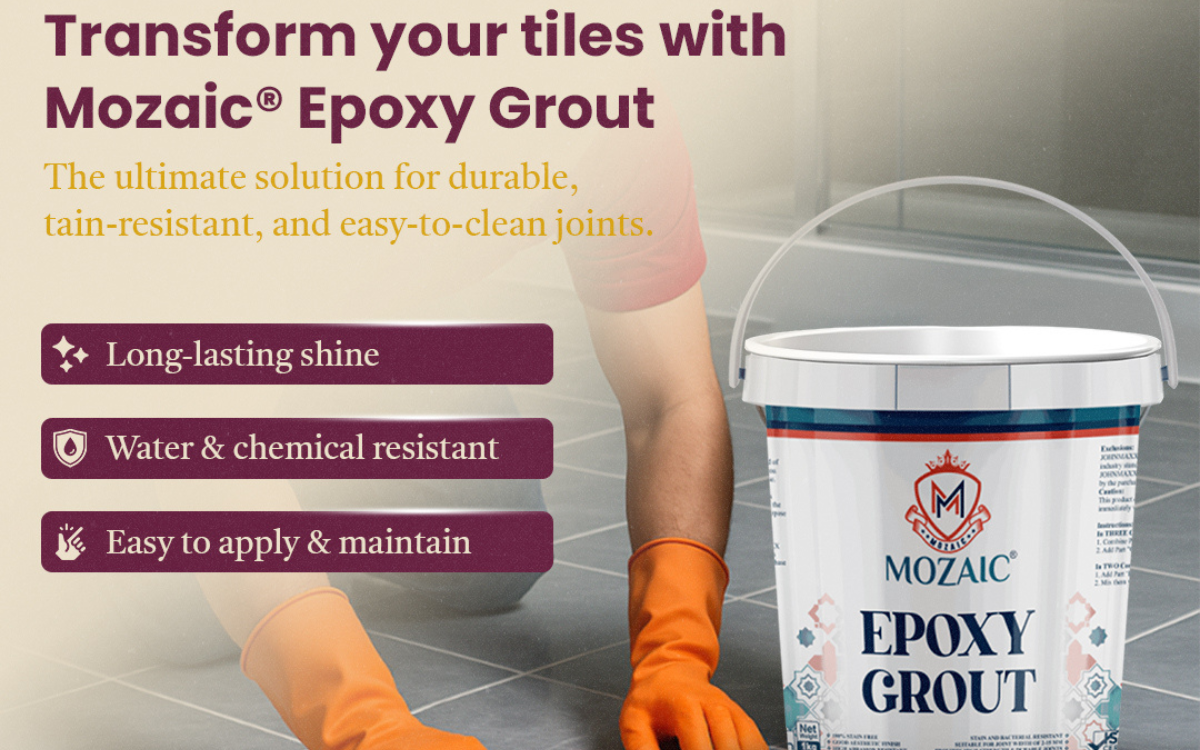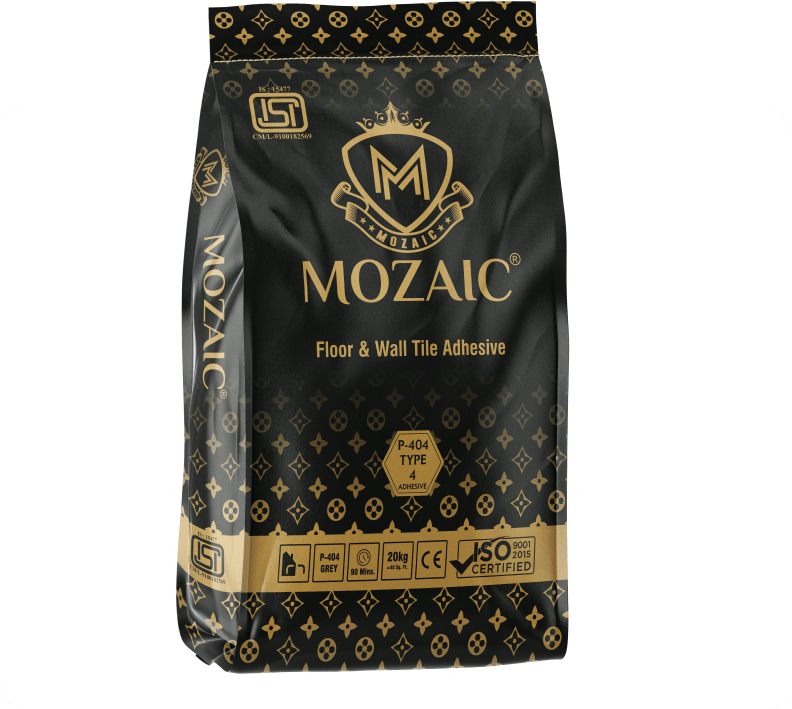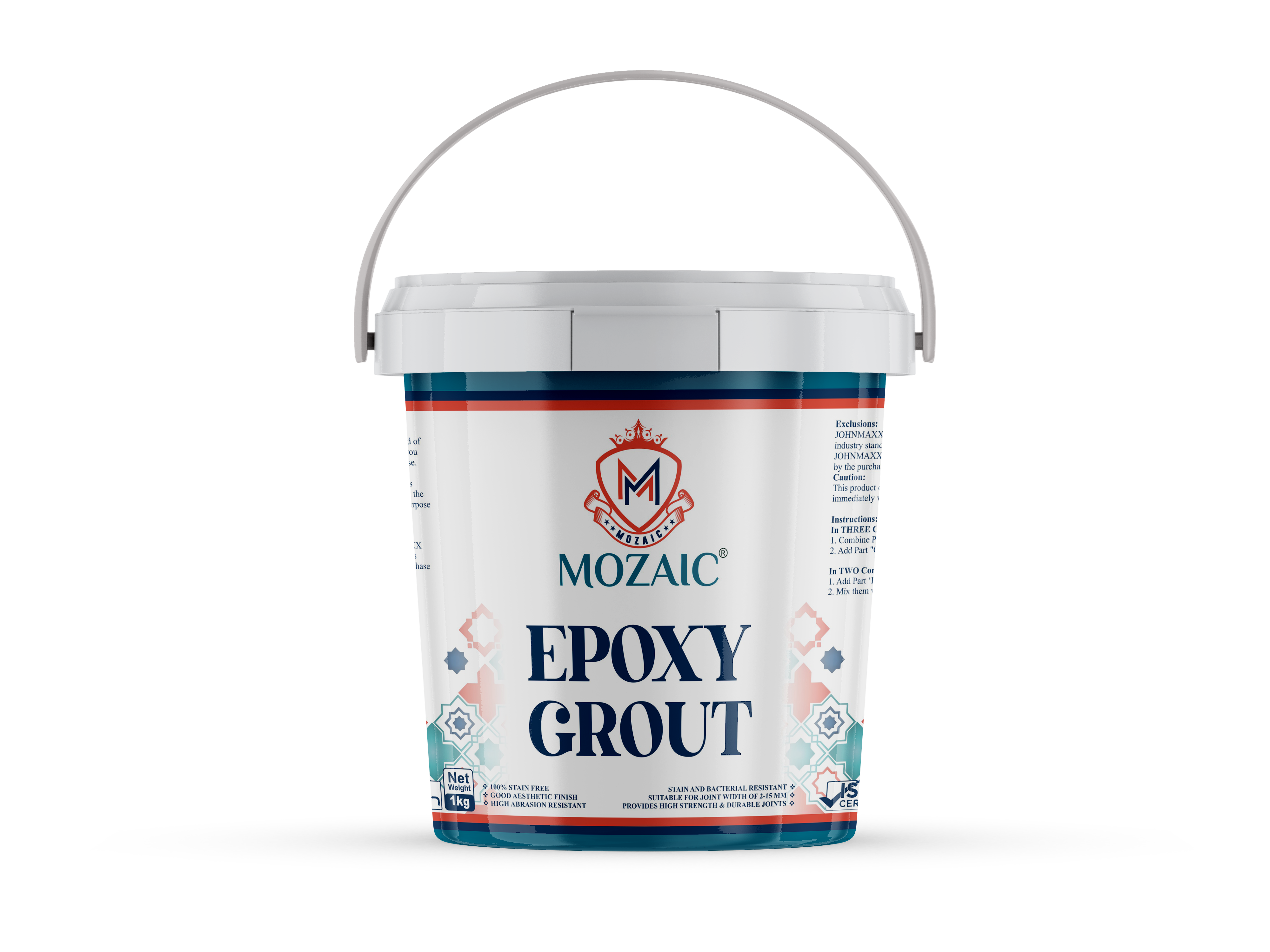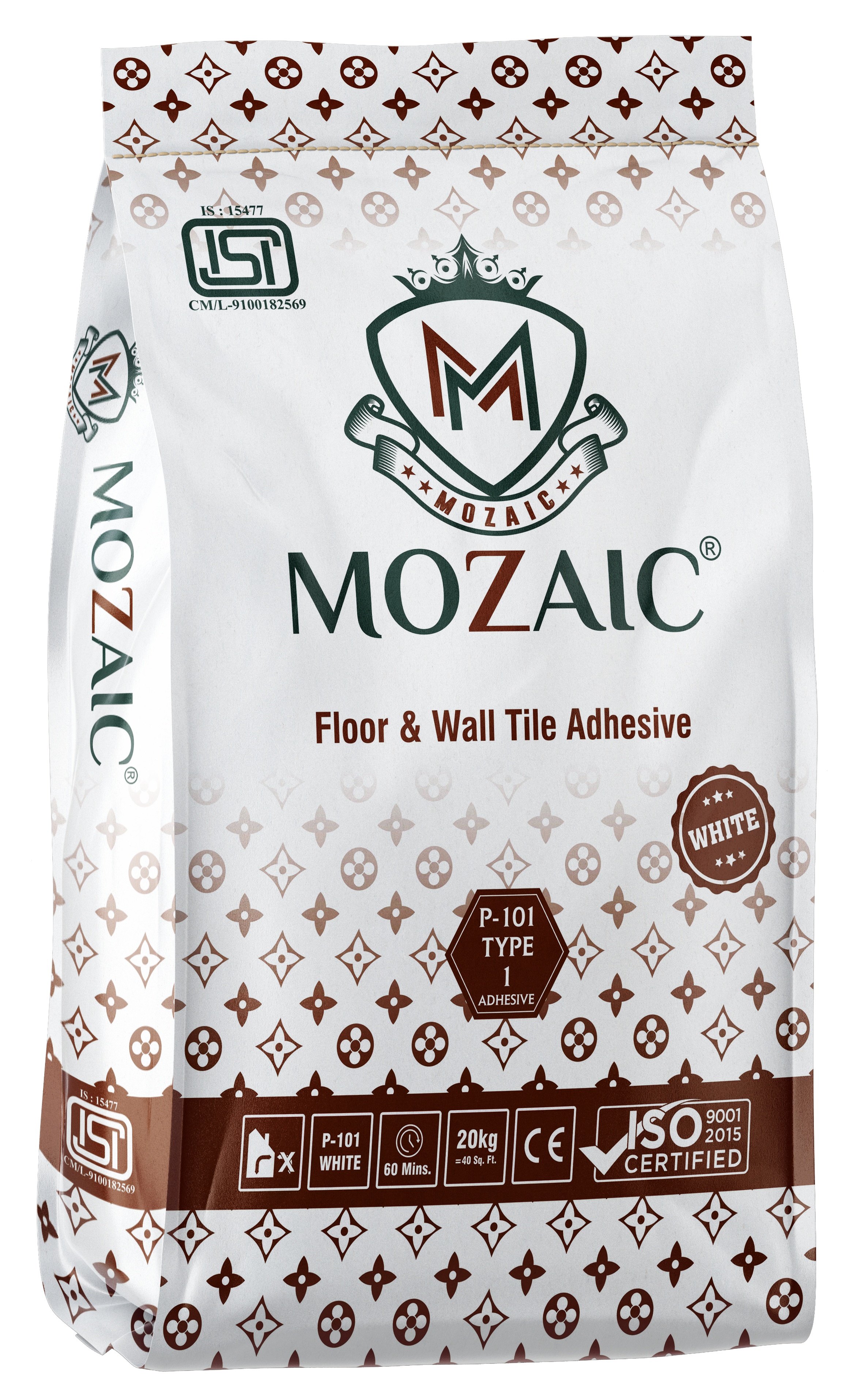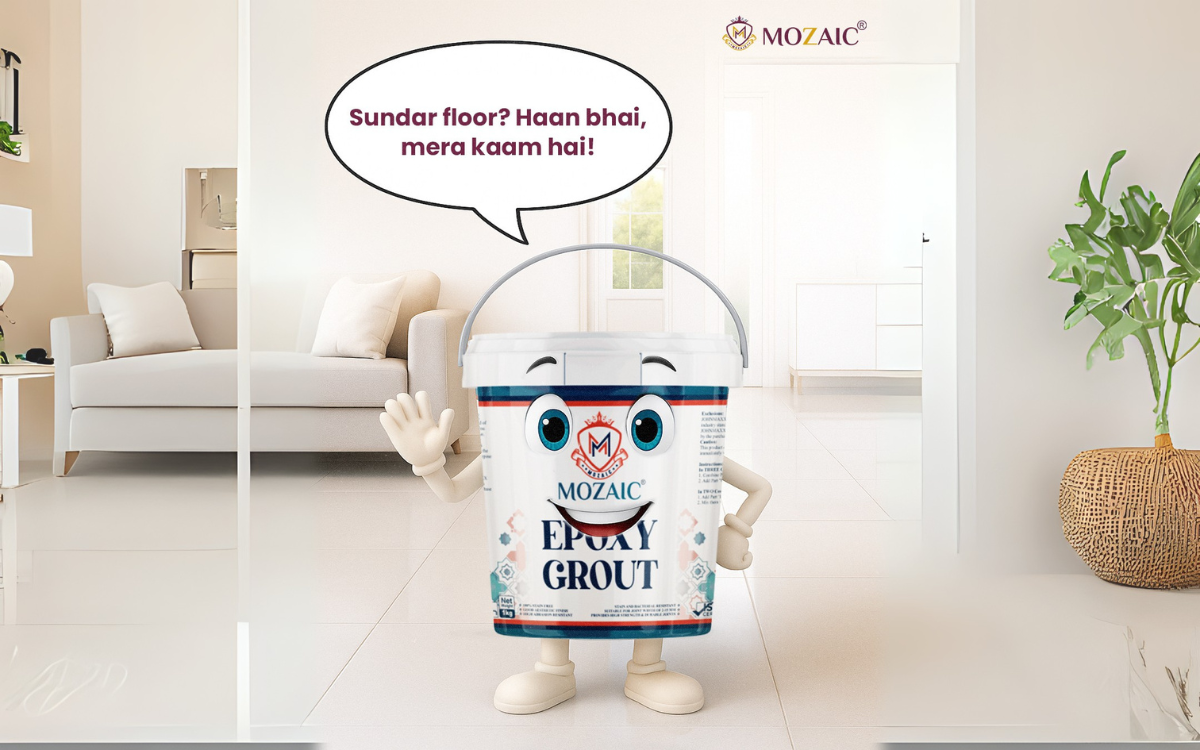When we imagine the process of construction, we most likely imagine large machines, dust and commotion, and men making bricks. But a small step that is usually overlooked is grouting using tile grout or epoxy grout.
Grouting does not appear to be a big deal, but it is. It stops gaps, supports things, and strengthens weak points.
In other words, grout makes everything adhere. It does a lot of work, and you would not notice it. In its absence, floors may become uneven and walls may crack. With time, these issues might be intensified.
Tile grouting is, therefore, very important. It assists large structures and small residential bungalows to remain firm over the years. Although this may not be visible to us, grouting forms a major process in ensuring that buildings remain safe and solid.
What is Grout?
The grout may not be the first or the last word that would come to mind when it comes to construction, but it is certainly one of the most essential aspects of the job.
What then is grout?
Grout is a combination of sand, cement, water, and sometimes additional ingredients. Once dried, it hardens and is water-resistant. Grout is used primarily as a filler for cracks, gaps, or spaces, as well as to bond other materials together, such as tile, stone, or concrete.
Whether it is tile grout or epoxy grout, think of it as the glue that holds it all together, for that wall tile in your bathroom or the base of a house.
Types of Grouting in Construction
So, what are the most popular kinds of grout, their purposes, and how to select the optimum one to use in your area? Let us take a walk through them.
1. Sanded Grout
It is a blend of cement and sand to form a textured and strong grout.
Best for:
- Floor tiles.
- Joints between 1/8″ to 3/8″ wide.
- Heavy traffic areas like kitchens, hallways, & bathrooms.
Sanded grout is durable and unlikely to shrink. Grout is typically cheaper than unsanded grout.
Note: Don’t use soft or slippery tiles like marble or glass, aka sand might scratch the tile. Grout is porous, so it is a good idea to seal it once it’s been installed.
2. Quarry-Type Grout
Similar to sanded grout but made with larger sand particles.
Best for:
- Wide joints up to 1/2 inch
- Rustic or handmade tiles like Saltillo tile
It’s stronger for large gaps and uneven tile edges.
3. Unsanded Grout
A smooth, cement-based grout with no sand.
Best for:
- Small tile joints (less than 1 / 8 inch)
- A vertical plane- shower walls/backsplash
- Parfumeable material like glass, ceramic, or marble that is fragile.
The unsanded grout is easier to apply on the walls, and it will not scratch the sensitive tiles.
Note: Nevertheless, it will provide a durable low maintenance finish where this is wanted.
4. Polymer-Modified Cement Grout
Polymer additives are used to increase the strength and flexibility of a cement grout.
Best for:
- High-traffic areas
- Backsplashes, kitchens, and bathrooms
- Moisture resistance is considered important in places
It is more resistant to stress than ordinary grout, does not crack easily, and the color is often more uniform.
5. Epoxy Grout
A grout made from epoxy resins and a hardener instead of cement.
Best for:
- Showers and wet areas
- Kitchen backsplashes and countertops
- Areas that need chemical or stain resistance
Epoxy grout is the most effective adhesive, and is waterproof. There’s no need to seal it, and it resists mold and mildew. Probably the most satisfactory of epoxies is that it holds its color and doesn’t absorb stains.
Note: In general, this epoxy is bought at a higher cost than regular grout. Another factor which may make it less favorable is that it could be more difficult to work with.
Benefits of Grouting
So what are the real benefits of grout on a building site, and why is it such a big deal that you may not have realized?
- Reinforcing Structures: Grouting, if correctly applied, will strengthen the overall construction and stability of the structure and lessen long-term cracking or shifting.
- Helps Prevent Water Leaks: This is especially for bathrooms, kitchens, and below-grade basements or anything against the elements, where the public will be inconvenienced by water leaks.
- Supports Heavy Loads: Any increase to the stabilizing structure or fins, or ribs to the side of the core structure, ultimately aids with the load bearing.
- Keeps Away Corrosion: It keeps away corrosion or rusting of steel or metallic parts in your structure. Corrosion brings a lot of future troubles. Hence, preventing it is better.
- Strengthens Weak Soil: Grouting is not limited to the structure of walls and floors. It can also be pumped into the earth to strengthen soft or loose soil.
The End Notes!
Grouting is a very small component of construction. However, it is certainly an important component to make the tile and structural elements solid and stable. Moreover, it is a combination of cement and sand and is added to fill the grout joints between tiles and surface cracks.
The choices of grouts like epoxy grout, tile grout and others depend on the application; floor tiles, wall tiles, and outdoor spaces will all accept different types of grouting. This reason makes professional consultation a wise choice anytime. For quality you can trust, Mozaic Chemical is India’s No.1 Tile Adhesive & Grout Dealer in North India, known for delivering top-grade products that last.

